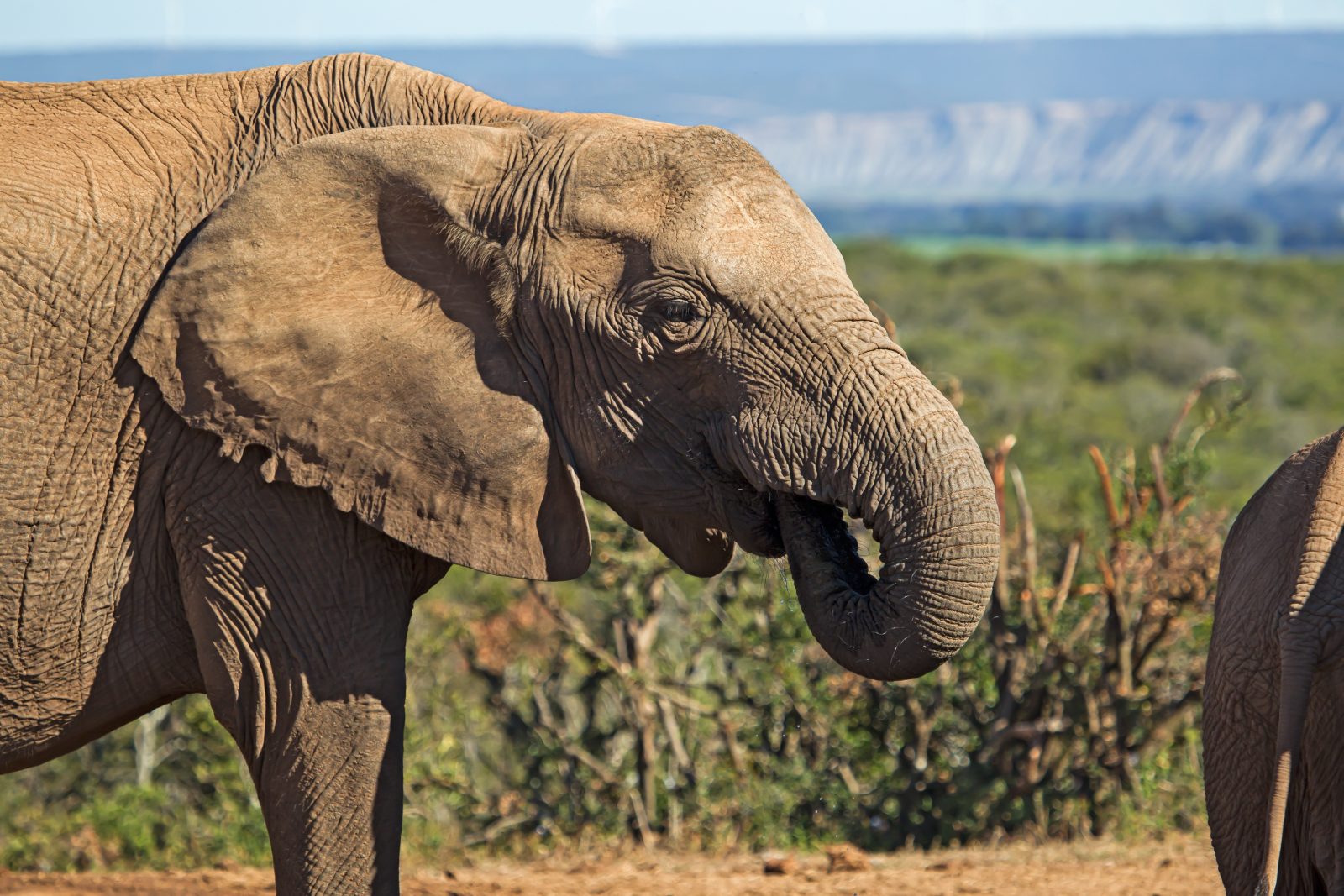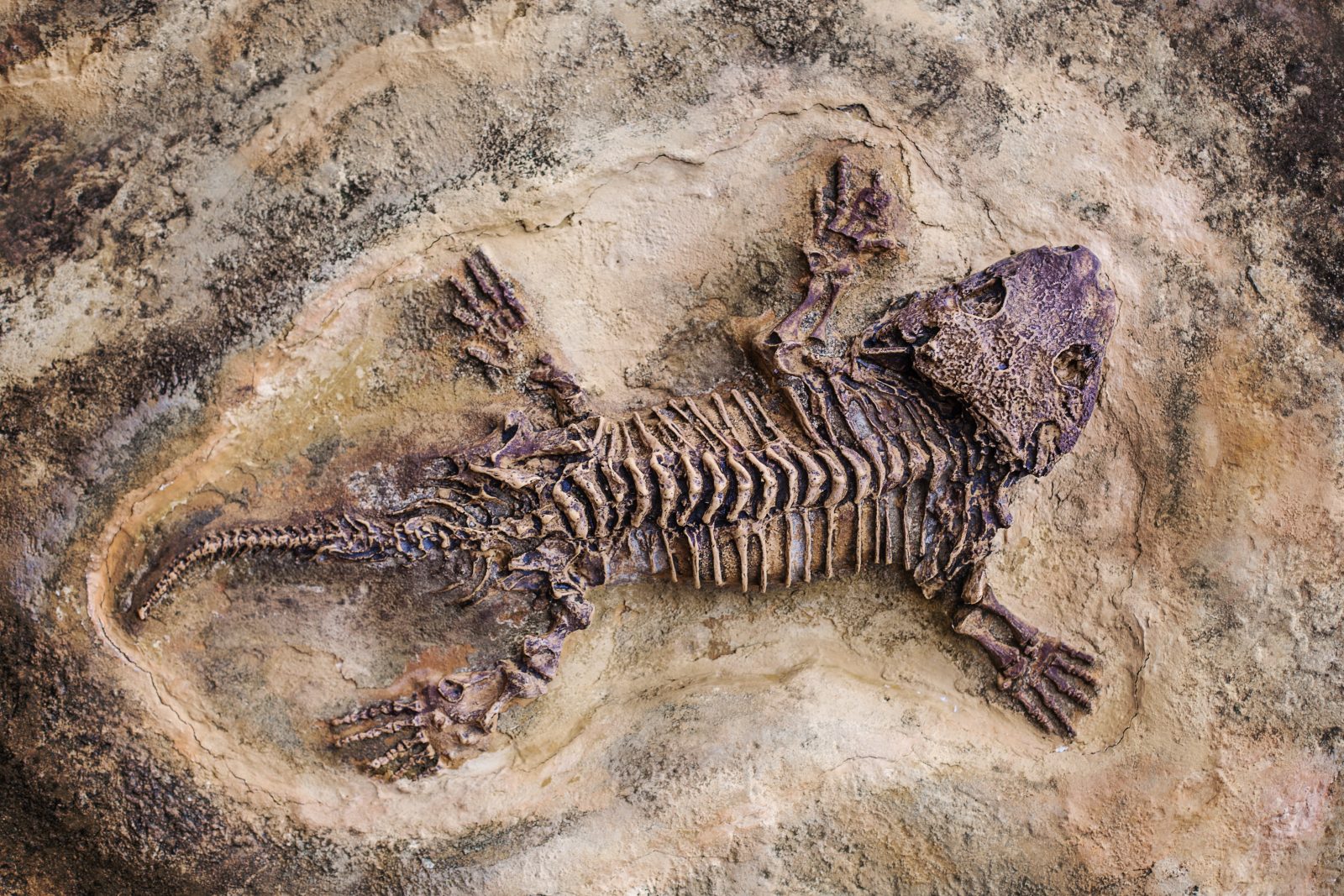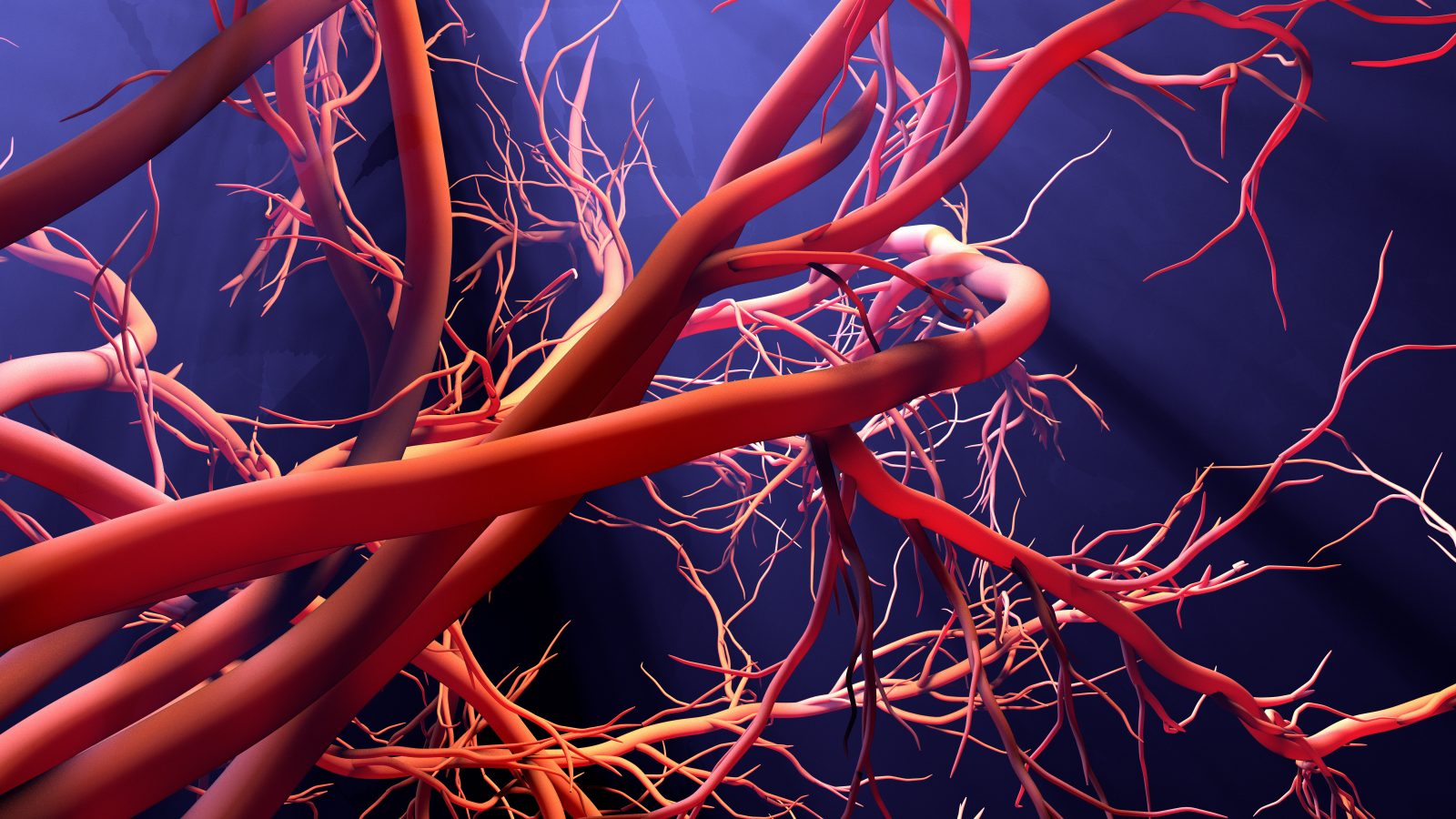


Behe and Ramage: Evolution’s Limits and the Fingerprints of Design
Today’s ID the Future wraps up a debate over evolution and intelligent design between Lehigh University biologist Michael Behe and Benedictine College theologian Michael Ramage. Both Behe and Ramage are Catholic, and they carry on their conversation in the context of Catholic thinking about nature and creation, in particular the work of Thomas Aquinas and contemporary Thomist philosophers. Ramage seeks to integrate his Thomistic/personalist framework with modern evolutionary theory’s commitment to macroevolution and common descent. Behe doesn’t discount the possibility of common descent but lays out a case that any evolution beyond the level of genus (for instance, the separate families containing cats and dogs) cannot be achieved through mindless Darwinian mechanisms and, instead, would require the contributions of a designing intelligence. Behe then summarizes both the negative evidence against the Darwinian mechanism of change and the positive evidence in nature for intelligent design. This debate was hosted by Pat Flynn on his Philosophy for the People podcast, and is reposted here by his permission.

Michael Behe: Evolution, Devolution, Design
Today’s ID the Future features three recent Evolution News essays by Lehigh University biology professor and Darwin Devolves author Michael Behe, as read by host Andrew McDiarmid. In the first, nothing shows the feebleness of Darwinism quite so much as breathless stories about new results that turn out to be much ado about nothing. In this case, it’s some recent speculation about the rise of “lactase persistence” in many human adults. Then it’s onto malaria, much beloved of evolutionists, not for its lethality but as a demonstration of evolution in action. But Behe dissects the latest news story on the topic to show that the touted malaria evolution is, once again, malaria gnawing off the proverbial leg to achieve a niche advantage—that is, mere devolution. It’s akin, Behe says, to the rise of tuskless elephants in Africa, where having the devolutionary mutation that leaves an elephant tuskless renders the creature of no interest to elephant-slaying ivory poachers, thereby improving its chances of survival. In the third essay Behe makes a case for his favorite way of concisely describing what we detect when we detect intelligent design in biology. For a great collection of Dr. Behe’s essays, get a copy of his newest book, A Mousetrap for Darwin: Michael Behe Answers His Critics.

Jonathan Wells and The Comprehensive Guide to Science and Faith, Pt. 1
Today’s ID the Future spotlights a new book, The Comprehensive Guide to Science and Faith: Exploring the Ultimate Questions about Life and the Cosmos, and specifically a chapter by biologist Jonathan Wells titled “What are the Top Scientific Problems with Evolution?” Wells is the guest, and the host is geologist and Center for Science and Culture associate director Casey Luskin, who co-edited the anthology from Harvest House Publishers. In this episode the first problem that Wells highlights concerns homology and convergence. A second problem involves fossils. Darwin anticipated “innumerable transitions” in the fossil record, but such a rainbow of transitional forms has never been found. Not even close. Another problem, molecular phylogenies. Another: the lack of observational evidence that natural selection can help to accumulate many small changes into major new innovations. What about the power of random mutations, with or without natural selection? Wells says that this, too, is a problem for modern evolutionary theory, and he provides laboratory evidence to support his claim. Another problem: evidence pouring in from what are known as molecular phylogenies. As Luskin notes, there is much more in the essay, and it’s only one of many essays in the new anthology, with contributions from many of the leading lights of the intelligent design movement. Each essay is written in a concise and accessible form. Find the new book at Amazon and other online booksellers.

Deflating Median Artery Evolution Hype, Pt. 2
On this ID the Future Eric Anderson and physician Howard Glicksman further discuss a recent Journal of Anatomy article suggesting possible evolutionary changes in humans: a persistent, prominent median artery in some people’s arms. Journalists have hyped this as evolution in action, but Anderson and Glicksman say there’s little reason to treat this as an evolutionary change, even if it’s real. And they say it’s far from clear how natural selection could select for this as an “adaptation” when its most obvious effect is to contribute to carpal tunnel syndrome and other health problems.

Deflating the Evolution Hype over Median Artery Study, Pt. 1
On this ID the Future, Eric Anderson and physician Howard Glicksman discuss a recent article in the Journal of Anatomy suggesting new microevolutionary changes in humans. Researchers say a growing number of adults have a persistent, prominent median artery in their arms, an artery that’s important in the embryonic stage but tends to disappear later on. The study was quickly hyped in the popular press with breathless headlines such as “Evolution arms us with an extra artery.” On the way to separating hype from substance, Anderson and Glicksman dive into the physiology of arteries and embryological development. Their conversation grows out of a post on the subject by Anderson at Evolution News. Oh and by the way, don’t let the new opening and closing ID the Future bumpers catch you off guard. They make their first “appearance” on this episode.

Robert Waltzer on Evolutionary Theory’s Room for Humility
On this episode of ID the Future, biologist and professor Robert Waltzer talks with host Andrew McDiarmid about Waltzer’s chapter in the new Discovery Institute Press volume Evolution and Intelligent Design in a Nutshell. Waltzer’s chapter covers some key terms in the evolution/ID conversation that are often misunderstood or misused. These include the word “evolution” itself, “change over time,” “common descent,” and “natural selection.” He offers quick definitions and explains some of the confusion surrounding them. Waltzer also describes an encouraging success story of his about fostering open dialogue and exploration of the evidence for design in nature.

Of Natural Selection, Explanatory Deficits, and Bunnies Dark and Light
On this episode of ID the Future we hear the first part of Discovery Institute Education Outreach Associate Daniel Reeves’ talk at the 2020 Dallas Science and Faith Conference. Reeves outlines the meaning of natural selection, and traces its history, starting from Darwin’s early understanding, in the days when cells were viewed as just blobs of protoplasm. Reeves carries the story from there through the neo-Darwinian modern synthesis and into the extended evolutionary synthesis, culminating in a 2016 meeting of the Royal Society on the theory’s continuing — and still unresolved — explanatory deficits.

Evolution, ID, and the Coronavirus: Jonathan Wells Explains
On this episode of ID the Future, biologist and Discovery Institute senior fellow Jonathan Wells tackles questions of evolution and intelligent design as they relate to the novel coronavirus SARS CoV-2. Is it the product of evolution, in the sense of Darwin’s Origin of Species? Wells argues to the contrary: It’s not a new species; in fact viruses aren’t even considered living species. Does modern evolutionary theory guide medicine’s response? Not when you consider that most of the major treatments being used and pursued actually preceded Darwin. Is intelligent design involved? Yes and no, Wells says. Listen in to get his take on this and more.

Günter Bechly: Still More Evidence Against Darwinian Gradualism
On this episode of ID the Future, paleontologist Günter Bechly speaks again with host Andrew McDiarmid about the growing case against Darwinian gradualism. Bechly points out two more cases where fossil discoveries refuted Darwin’s prediction of gradualism in species transitions. In one of the classic showcases for such alleged transitions, between two species of deep-sea protists called foraminifera, more recent research showed their speciation to be abrupt and not an ancestor-descendent sequence. And fossil freshwater snails from Germany, once viewed as another textbook example of gradual speciation, were discovered not to be separate species at all. Is there a paradigm change coming in evolutionary studies? Nothing fits the data better than intelligent design.